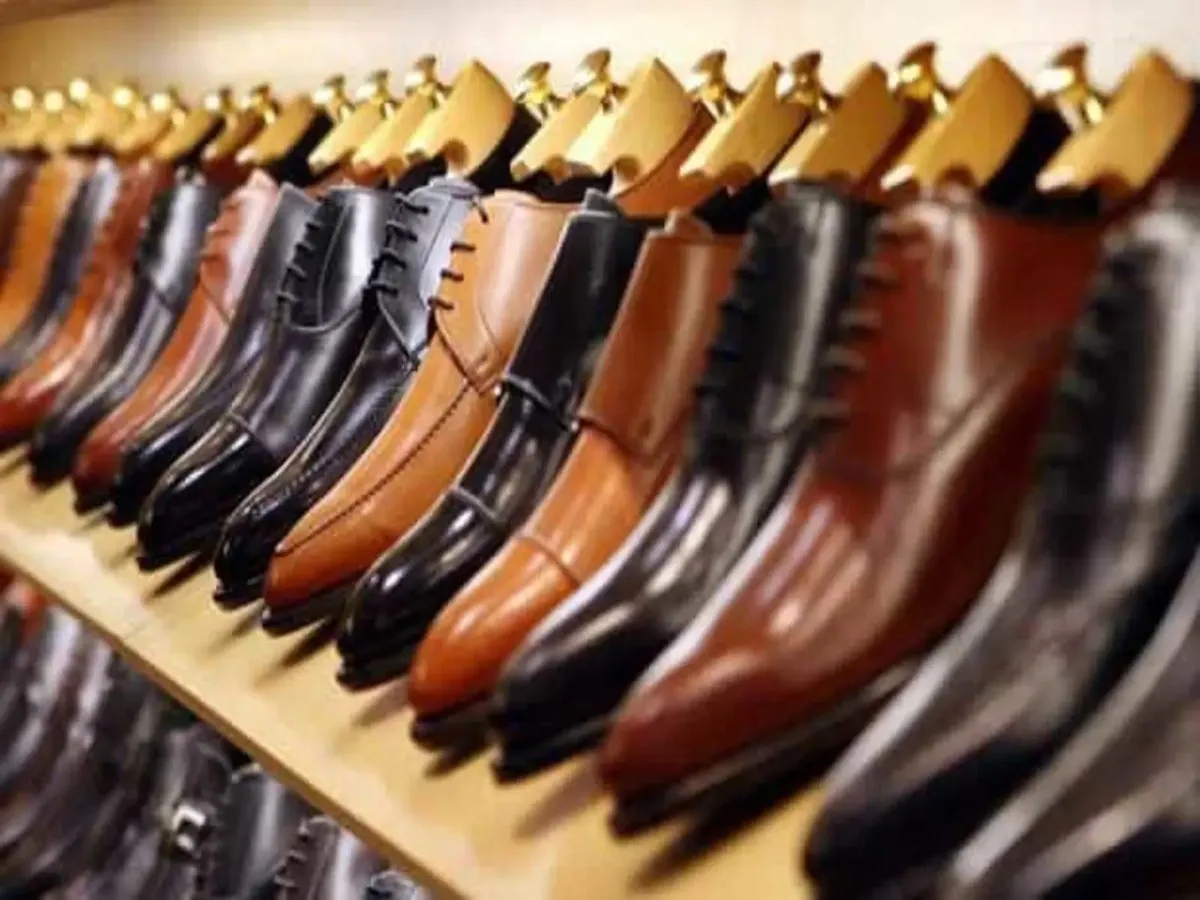Market News
Footwear stocks trade mixed after GST rate rejig: Redtape jumps 8%, while Bata India and Liberty Shoes slip
.png)
3 min read | Updated on September 05, 2025, 13:11 IST
SUMMARY
On the downside, Liberty Shoes (-1.69%), Sreeleathers (-0.53%), Relaxo Footwear (-0.46%), and Bata India (-0.18%) slipped in the afternoon period

Brands like Bata and Liberty lead the way in eco-friendly innovations and increasing product offerings. Image: Shutterstock
Footwear stocks were in the spotlight on Friday, September 5, following the government’s GST rate revision.
The goods and services tax (GST) on footwear of sale value not exceeding ₹2,500 per pair has been cut to 5% from 12%, while that for those exceeding ₹2,500 per pair has been maintained at 18%.
The stocks witnessed mixed action on Friday. Redtape led the gains with an 8.01% surge, followed by Aki India (2.3%), Khadim India (0.71%), Campus Activewear (0.62%), and Metro Brands (0.26%).
On the downside, Liberty Shoes (-1.69%), Sreeleathers (-0.53%), Relaxo Footwear (-0.46%), and Bata India (-0.18%) slipped in the afternoon period.
On Wednesday, September 5, the GST Council approved all the proposed changes in the GST rate structure. Now, common-use items from roti/paratha to hair oil, ice cream and TVs will cost less, while the tax incidence on personal health and life insurance will be brought down to nil.
The GST Council on Wednesday (September 5) approved limiting slabs to 5% and 18%, effective from September 22, the first day of Navaratri.
Almost all personal-use items and aspirational goods for the middle class, like AC and washing machines, will see rate cuts as the government looks to boost domestic spending and cushion the economic blow of the US tariffs.
The Indian footwear market has been witnessing robust growth, driven by rising urban demand and the increasing middle class. India is the second-largest producer and consumer of footwear globally, with a projected production of nearly 3 billion units by 2024, as per a report by Maximize Market Research, a market research and business consulting firm.
Brands like Bata and Liberty lead the way in eco-friendly innovations and increasing product offerings. Footwear consumption per capita has increased from 1.7 pairs in 2016 to 2.3 pairs in 2021, reflecting growing demand.
In 2024, the report adds, offline had a revenue share of about 80% of the India footwear market. This dominance is largely because of the traditional shopping behaviour of Indian consumers, who prefer to substantially try on footwear to ensure the right fit, comfort, and style before making a purchase.
The prevalent availability of brick-and-mortar stores supports this preference, from standalone shops to large malls, notably in tier 2 and tier 3 cities where digital literacy and trust in online transactions are moderately lower.
The online segment is expected to grow at the highest CAGR of 19.45% over 2025-2032. This growth is driven by the suitability of e-commerce platforms such as Amazon, Flipkart, and Myntra, which provide a wide variety of options, competitive pricing, and attractive discounts.
The growing penetration of the internet, extensive smartphone usage, and the rise of digital payments have further enhanced this trend, markedly among urban, tech-savvy consumers, the report adds.
About The Author
Next Story

